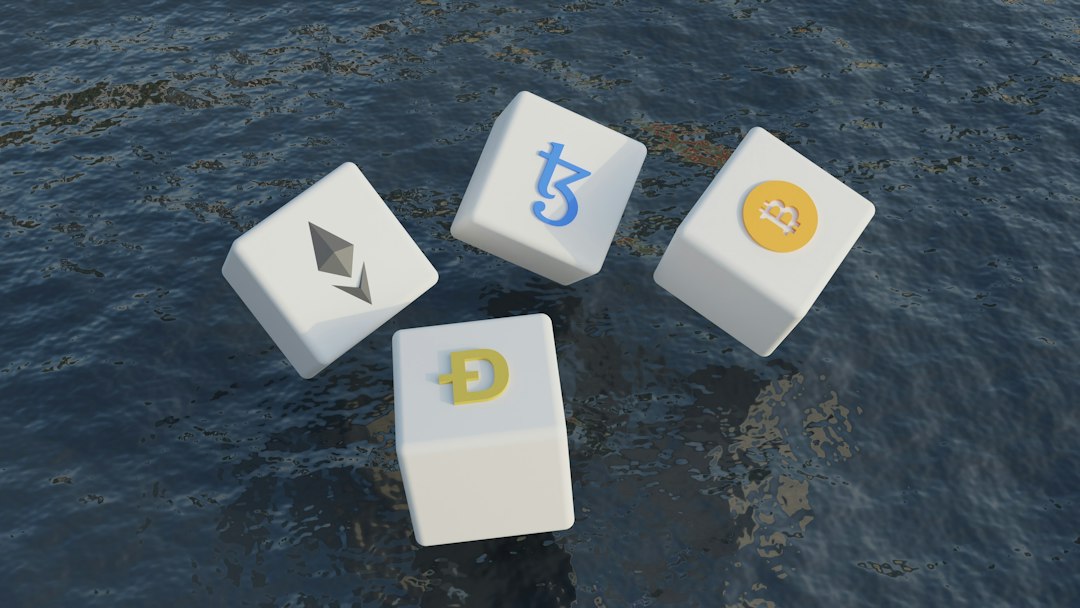Why Solana is a Popular Blockchain Ecosystem
Solana is highly regarded in the blockchain industry due to its thousands of dApps, high-performance architecture, and innovative mechanisms like proof of history. As a result, millions of users engage in various DeFi activities on the Solana blockchain. Additionally, as the network expands, more users from other blockchains are migrating their coins to Solana. Fortunately, there are numerous cross-chain bridges available to facilitate this transfer of crypto between different blockchains and Solana. However, the challenge lies in determining which bridge to use and the correct way to do it. This guide will provide you with a blueprint to answer these essential questions.
Understanding Cross-Chain Bridges
A cross-chain bridge enables the transfer of native assets from one blockchain to another for various activities. For instance, you may want to transfer ETH or ERC-20 tokens to the Solana blockchain or vice versa. A bridge serves as a middleman that facilitates this transfer by creating a wrapped version of your coin at a 1:1 value. Wrapping involves using a smart contract to store and transfer the asset’s information and data.
Bridging With Wrapped Crypto
One method of using a cross-chain bridge is through wrapping your crypto assets. This process involves creating a wrapped version of your coin that can be used on another blockchain. For example, BTC can be used on Ethereum through a bridge that locks your BTC and creates a wrapped version called wBTC. Wrapped assets expand the capabilities of coins from one blockchain, allowing them to operate on different networks.
Bridging With Liquidity Pools
Another approach to cross-chain bridging involves leveraging liquidity pools. These bridges incorporate staking and farming programs where users lock their assets into pools to earn yield. The bridge then uses these assets to fulfill bridging requests. Examples of bridges that utilize liquidity pools include Cross-Chain Bridge and Synapse Protocol.
Types of Blockchain Bridges
Blockchain bridges can be categorized as trusted (centralized) or trustless (decentral





 By
By
 By
By
 By
By
 By
By
 By
By
 By
By